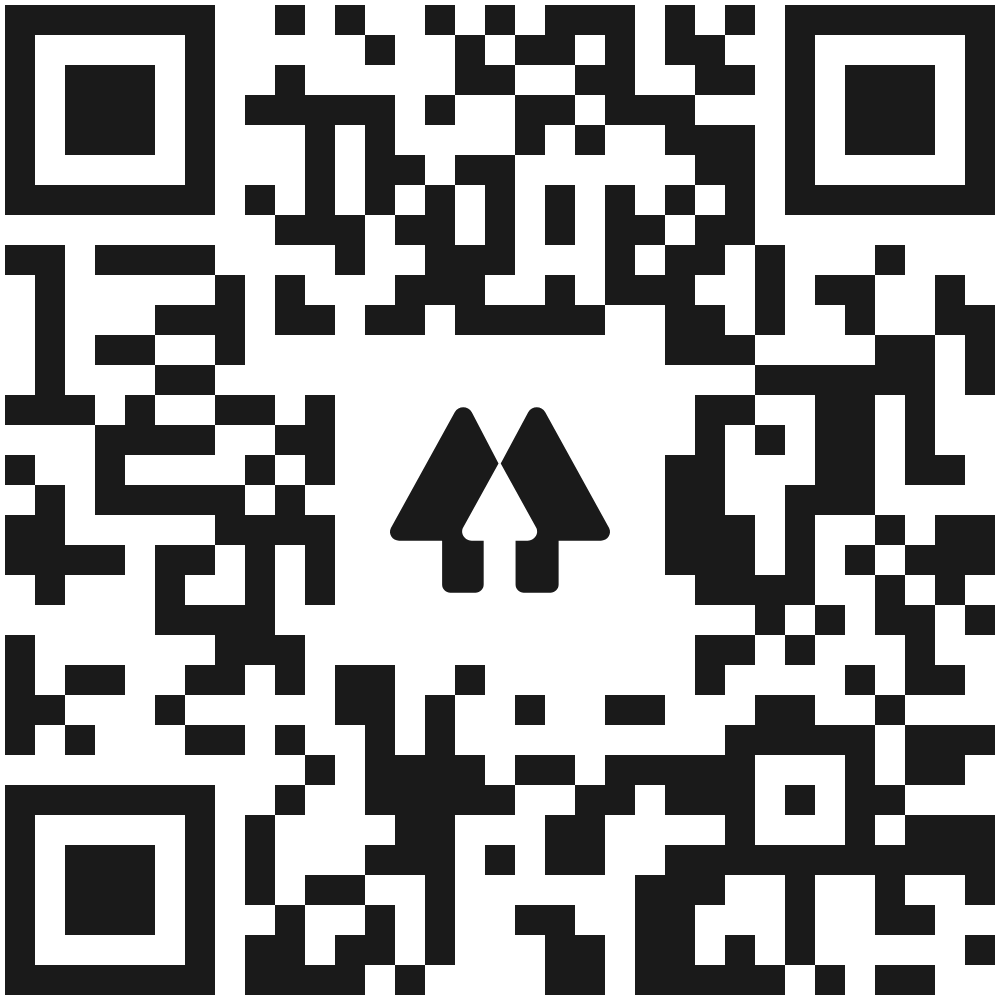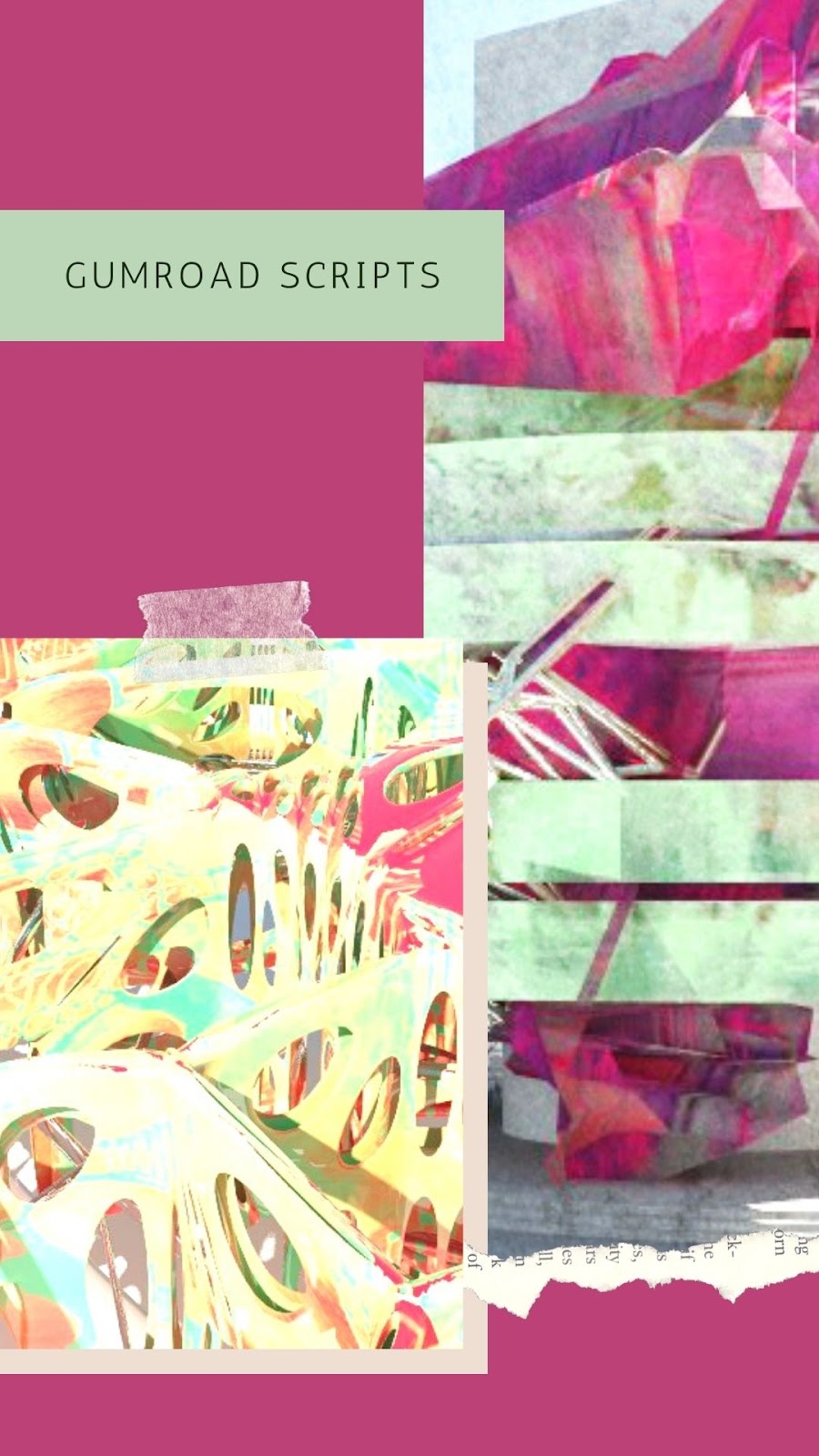Name: Joris Laarman
Occupation : Experimental Laboratory in industrial design,
Design field: Product design.
Most prominent style : 3D printed experimental industrial designs.
Years active : 2006 - present.
Location : Amsterdam, The Netherlands.
"Endlessly trying, refining, improving until slowly, something begins to emerge that is so inge- nious that it looks like magic if you don’t know what went on before: that’s what evolution does. In our work, we try to capture some of that magic. Using emerging technology to work on objects and a visual language of the future, we make small leaps in that evolutionary process. This sometimes results in science fiction-like work that stimulates the imagination, and some- times in very practical suggestions that can be applied immediately. Experienced welding experts watched the development of our 3D metal printer in disbelief. What we did wasn’t sup- posed to be possible. All the settings were wrong for a proper welding process, but we needed those wrong settings to 3D print with a welding machine on a robot. A great example of how we like things to be."
- From their website, on their work philosophy
For the aluminum Bone Chair, the computer-generated result had to be refined for the specifications of aluminum. This resulted in a much more slender shape. We did face yet another challenge, however, for it wasn’t going to be easy to produce such a complex organic shape. Especially because assembling it from cast components would leave visible welding stains. Preferably, it would have to be cast in one piece in such a way that no bubbles would show on the surface. Virtually every company we approached refused to take up the challenge, until we appealed to Phil Verdult, who had a small workshop somewhere in the small town of Heerhugowaard. Phil had years of experience with casting processes and had conducted many experiments with new techniques in his workshop, for instance with casting metal in 3D printed ceramic molds. The complex mold could be assembled from such mold parts, and the actual object cast in one go. This resulted in the first aluminum Bone Chair.
The Gradient Lounge is an exploration of cellular based structures in the combination with digitally fabricated upholstery. The chair is composed out of hexagonal cells that morph to address different functional areas in the chair. The mixed textile upholstery was knitted on a computer controlled knitting machine exactly fitting the hexagonal pattern of the structure.
Credits :
http://www.jorislaarman.com/
Occupation : Experimental Laboratory in industrial design,
Design field: Product design.
Most prominent style : 3D printed experimental industrial designs.
Years active : 2006 - present.
Location : Amsterdam, The Netherlands.
"Endlessly trying, refining, improving until slowly, something begins to emerge that is so inge- nious that it looks like magic if you don’t know what went on before: that’s what evolution does. In our work, we try to capture some of that magic. Using emerging technology to work on objects and a visual language of the future, we make small leaps in that evolutionary process. This sometimes results in science fiction-like work that stimulates the imagination, and some- times in very practical suggestions that can be applied immediately. Experienced welding experts watched the development of our 3D metal printer in disbelief. What we did wasn’t sup- posed to be possible. All the settings were wrong for a proper welding process, but we needed those wrong settings to 3D print with a welding machine on a robot. A great example of how we like things to be."
- From their website, on their work philosophy
 |
| Bone Chair 2006 |
 |
| Branch 2010 |
For the exhibition at Friedman Benda in 2010, I really wanted to complete the Bone Furniture series with larger interior objects. The series had never been on show in its entirety before, so this was an excellent opportunity to do so for the very first time. I remember how we worked against the clock and how the huge difference between the projects (from living lamp to folding robots) in particular didn’t make our work any easier. After we’d finished the design, a positive model with a light-weight structure was 3D printed. The model was subsequently cast in bronze.
 |
| Dragon 2014 |
The Dragon Bench is the first sculptural piece created with the MX3D metal printer that we developed in-house. By combining our industrial robot (developed for our MX3D resin printer) with an advanced welding machine, we were able to print with metals such as steel, stainless steel, aluminum, bronze or copper, without the need of supporting structures. By adding small amounts of molten metal at a time, we can print double curved lines in midair. The combination robot/welding machine is driven by different types of software that work together closely. This will eventually have to end up in a user-friendly interface that allows the user to print directly from CAD. We are developing printing strategies for different kinds of 3D-printable ‘lines.’ Vertical, horizontal and spiraling lines, for instance, require different settings, such as pulse time, pause-time, layer height or tool orientation. The possibilities are mind-blowing. For the first time we can 3D print large-scale objects using high-quality, strong, self-supporting materials. 3D printing like this is still unexplored territory and leads to a new form language that is not bound by additive layers. The sculptural Dragon Bench explores this. Lines can be printed that intersect in order to create a self-supporting structure.
 |
| Strange attractor lamp 2016 |
We created an algorithm that generates seemingly random curves in three dimensions in space using attractors. These curves can be transformed into functional volumes that resulted into the Strange Attractor Lamp.
This is like sculpting with chaotic information. As the lines move around within a given boundary, they can be tamed and tweaked into something like a pendant lamp or a more horizontally oriented lamp. Since all geometry is parametric it was possible to include all technical necessities for a LED lighting system that was 3-D printed in aluminum and assembled and finished by hand.
 |
| Gradient Lounge |
Credits :
http://www.jorislaarman.com/









0 comments:
Post a Comment